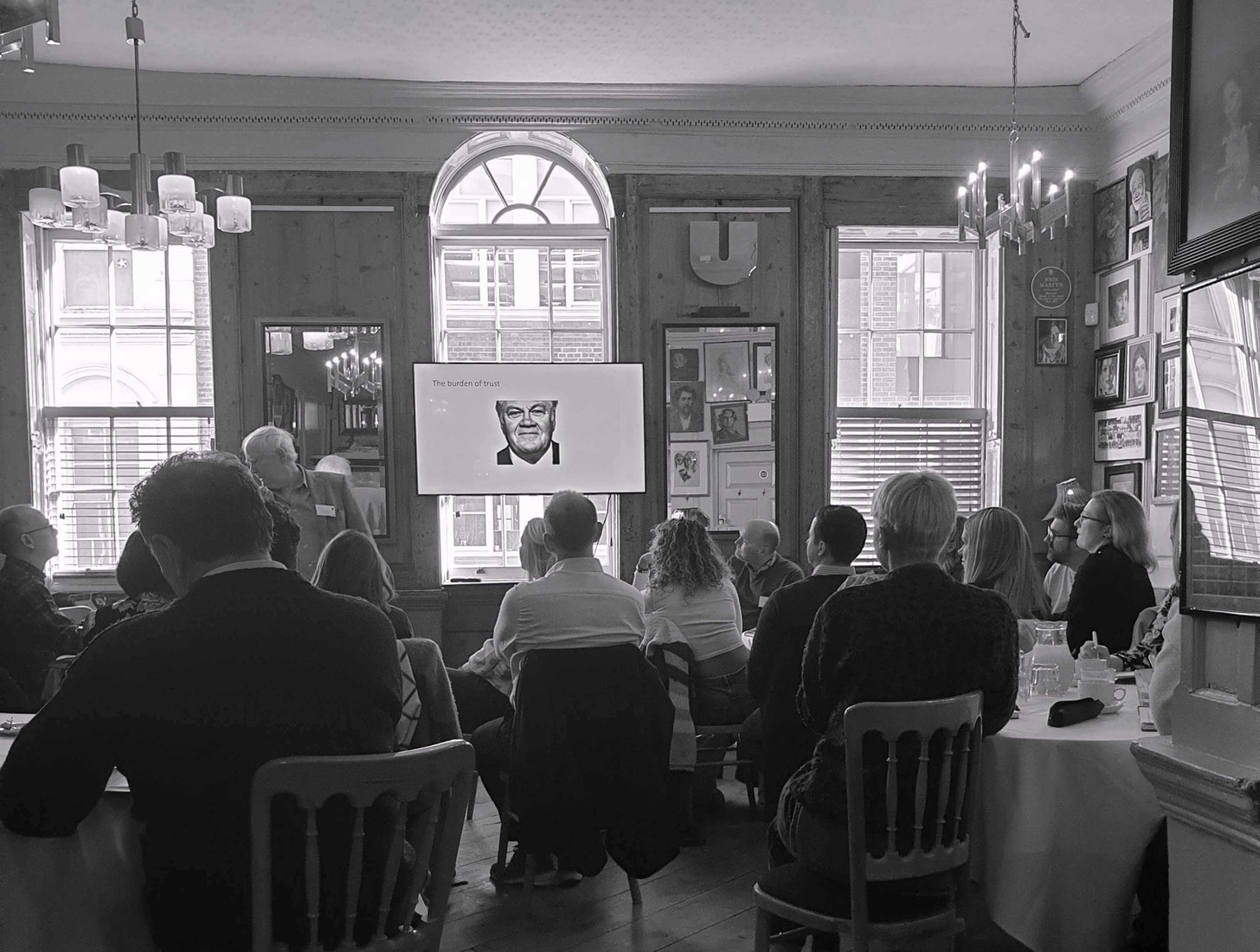Big ideas and the in-house challenge

At our latest IHALC breakfast event, Patrick Collister led discussions about big ideas, what they are and how in-house agencies can deliver them. Patrick Burgoyne and John Owen share some insights from the day
At London’s Union Club on February 23, creative legend Patrick Collister delivered a typically inspiring session on the big idea to our IHALC community.
We’d asked Patrick to focus on the process of having those big ideas in the first place, and then steering them through the approvals process so that they see the light of day.
A few points that I picked up from his talk:
- Are clients still looking for the Big Idea in the traditional sense or, as Patrick said, do they actually want a ‘flood’ of small ideas, each of which can be tested, measured and refined?
- The difference between an Idea and a creative execution, an Idea being an organising, overall thought in response to a creative brief, that can lead to many different executions. Often the two are conflated or confused.
- When it comes to assessing any creative idea or execution, a mutually agreed checklist helps. If both agency and clients or marketing colleagues agree the criteria by which work will be judged, it reduces subjectivity and makes it easier to avoid having the most senior voice in the room dominate.
After Patrick’s presentation, our in-house leaders split into four groups where they shared strategies and discussed barriers to getting the best ideas through. These discussions were led by WDC’s John Owen, Jo Rolfe and Jim Hubbard, and by Andrew Hall of Adobe.
John Owen noted the following three helpful approaches from his group:
- The use of a squad / sprint / mission approach can overcome the familiar issue of too many people being involved in the approvals process. In this scenario, marketers work as collaborators with the in-house agency, and the senior decision-makers have sign-off.
- A Creative Brief Taskforce can be used in which representatives from both marketing and the agency co-author briefs which are then shared internally for sign-off by key channel leads and the creative lead, as well as legal and all the other usual stakeholders. This ensures that no time is wasted pushing back on the brief post-briefing and sets up the creatives for success.
- When assessing work, make a distinction between feedback based on ‘preference’ and that based on ‘proof’ – the latter meaning data, insight, past experience etc. The former can still be expressed and might be taken into account but that would be at the discretion of the creatives. This approach forces stakeholders to think through their feedback rather than just firing it off and leaving the creatives to work their way through a long list of stuff they don’t necessarily agree with and which might be purely subjective.
Thanks to Patrick and to everyone who came along and contributed to a great discussion, and thanks too to our partners, Adobe Workfront. John Owen is a Partner at WDC, the consultancy which helps in-house agencies and marketers work better and which is a founder of the In-House Agency Leaders Club. Find out more about WDC and its work here
